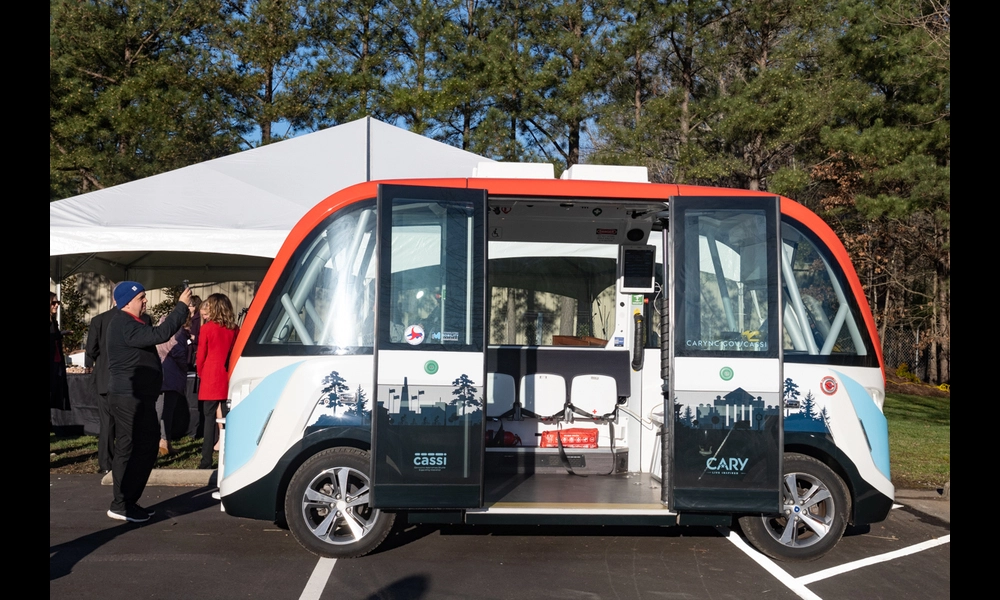Providing Information about Other Passengers in Shared Automated Vehicles
Published on Sun Aug 13 2023 IMD 2023-03-14 CASSI in Cary -3 | NCDOTcommunications on Flickr
IMD 2023-03-14 CASSI in Cary -3 | NCDOTcommunications on FlickrA new preprint paper titled "Designing for Passengers’ Information Needs on Fellow Travelers: A Comparison of Day and Night Rides in Shared Automated Vehicles" explores the impact of providing information about fellow passengers on user experience and perceived security in shared automated vehicles (AVs). As AV technology advances, shared mobility-on-demand systems are seen as a potential solution for more efficient and sustainable transportation. However, the lack of human drivers in AVs raises concerns about passenger security, especially when sharing rides with strangers.
The study, conducted with 24 participants in Germany, involved simulated day and night rides in AVs with varying levels of personal information about co-passengers. The results showed that providing information about other passengers, such as their photo, gender, and name, had a positive effect on user experience at night, but was less necessary during the day. Participants felt more secure when they had information about their co-passengers and perceived rides without this information as riskier.
Interestingly, both men and women expressed a preference for sharing rides with women, especially at night. This finding highlights the importance of gender dynamics and feelings of safety in shared AVs. However, the study also revealed privacy concerns related to the disclosure of personal information. Balancing security and privacy demands poses a significant challenge for the design of resilient AV systems.
The findings of this study can help inform the design of user interfaces and service concepts for shared AVs. By providing passengers with trustful and real-time information about their co-passengers, service providers can enhance user acceptance, trust, and overall user experience. However, careful consideration needs to be given to privacy concerns and the appropriate timing and placement of the information. Future research should also explore the inclusion of additional safety measures and investigate the impact of contextual factors on passengers' feeling of security in shared AVs.
Overall, this study contributes valuable insights into passengers' information needs and their impact on user experience and perceived security in shared AVs. By addressing these needs, resilient and user-centered transportation solutions can be developed, encouraging the adoption of shared AV technology and helping passengers feel secure during their journeys.



